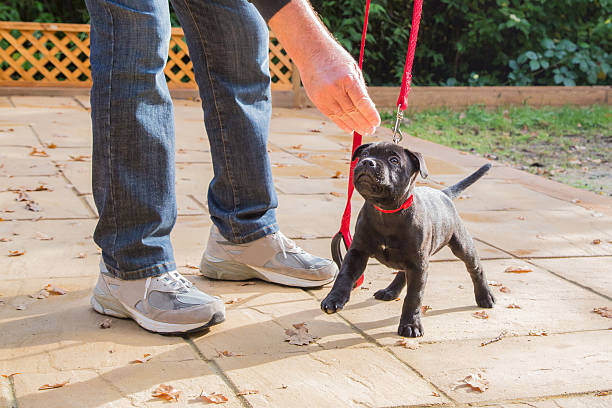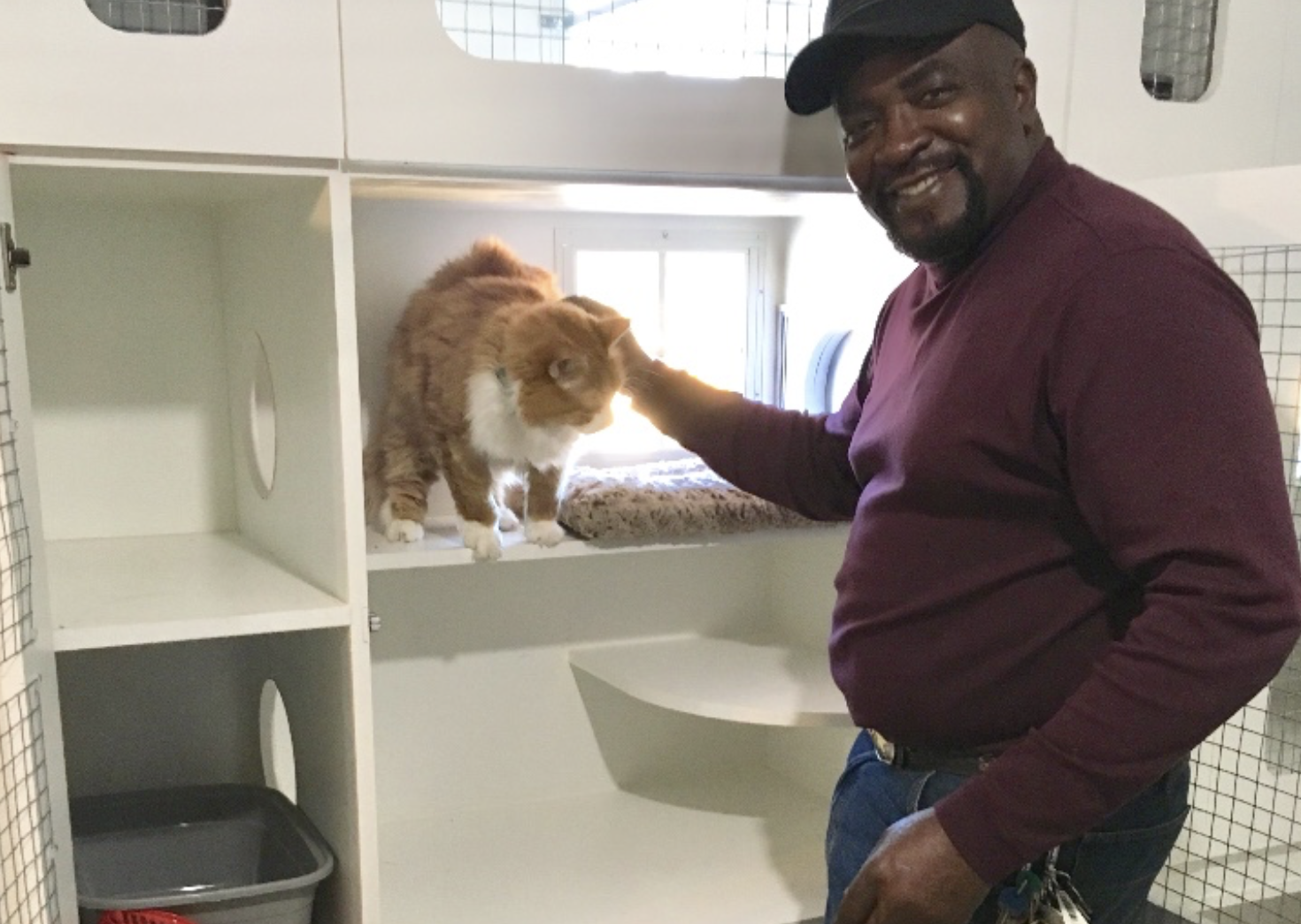Offering a board and train program can be a transformative addition to your pet-care business!
This service combines professional training with the convenience of boarding, catering to busy pet parents who want to improve their dog’s behavior in a controlled, expert-led environment. Whether you want to diversify your services or tap into a growing market, starting your own program requires careful planning and execution. Explore our guide with tips and strategies for a successful launch.
What Is a Board and Train Program?
 Board and train programs allow dogs to stay at a facility while undergoing professional training for a set period, typically one to four weeks. These programs can address basic obedience, behavioral issues, or specialized skills, such as agility or therapy training.
Board and train programs allow dogs to stay at a facility while undergoing professional training for a set period, typically one to four weeks. These programs can address basic obedience, behavioral issues, or specialized skills, such as agility or therapy training.
For pet-care businesses, board and train services bridge the gap between boarding and dog training, providing a premium offering that pet parents are often willing to invest in. It’s essential to clearly define the types of training you’ll offer and the outcomes clients can expect.
Planning Your Board and Train Program
Creating a successful board and train program involves more than just training skills—it requires solid business strategy.
Define Your Target Audience
- Identify whether your program is best suited for puppies, dogs with behavioral issues, or those requiring advanced skills.
- Understand your local market’s needs and preferences.
Set Your Pricing Structure
- Evaluate pricing for similar services in your area.
- Consider offering tiered packages based on training complexity and length of stay.
Develop a Training Curriculum
- Create structured training plans tailored to individual dogs’ needs.
- Incorporate progress tracking and regular updates for pet parents.
Invest in the Right Facilities
- Ensure your boarding area is comfortable, safe, and conducive to learning.
- Provide space for one-on-one and group training sessions.
Key Features of a Successful Board and Train Program
Pet-care businesses that thrive with board and train services prioritize quality and communication. Here are the key elements:
- Expert Trainers: Employ certified trainers with experience in handling diverse canine behaviors.
- Personalized Attention: Design custom training plans for each dog.
- Transparent Updates: Share progress videos, photos, or reports to keep pet parents engaged.
- Follow-Up Support: Offer post-training guidance or sessions to help dogs transition their skills back home.
Common Challenges and How to Address Them
 Starting a board and train program comes with its own set of challenges, but with proactive strategies, they can be effectively managed. One common issue is managing client expectations. It’s important to communicate clearly about what your program can realistically achieve within the given timeframe and emphasize the role of consistent follow-through at home. Staffing can also be challenging, as a successful program requires a well-trained and supported team to handle both the boarding and training aspects seamlessly.
Starting a board and train program comes with its own set of challenges, but with proactive strategies, they can be effectively managed. One common issue is managing client expectations. It’s important to communicate clearly about what your program can realistically achieve within the given timeframe and emphasize the role of consistent follow-through at home. Staffing can also be challenging, as a successful program requires a well-trained and supported team to handle both the boarding and training aspects seamlessly.
Additionally, assessing dog compatibility is crucial to maintaining a safe and effective environment. Evaluating each dog’s temperament and needs before accepting them into the program can help prevent issues and set everyone up for success. By addressing these challenges thoughtfully, you can build a program that is both sustainable and impactful.
Marketing Your Program
Once your board and train program is ready, it’s time to promote it effectively.
- Leverage Social Media: Share before-and-after videos, client testimonials, and success stories on platforms like Instagram and Facebook.
- Collaborate with Local Businesses: Partner with veterinarians, groomers, and pet stores to spread the word.
- Create Educational Content: Publish blogs, host webinars, or create downloadable guides about the benefits of board and train programs.
- Offer Introductory Discounts: Attract first-time clients with special promotions or limited-time pricing.
Adding a board and train program to your services diversifies your offerings and builds stronger client relationships. Pet parents will appreciate the convenience, while your business benefits from increased revenue and brand differentiation!
 Whether you’re helping puppies with basic manners or transforming a reactive dog into a calm companion, your program can make a lasting impact on pets and their families. Take the first step by designing a board and train service that stands out and meets the needs of your community.
Whether you’re helping puppies with basic manners or transforming a reactive dog into a calm companion, your program can make a lasting impact on pets and their families. Take the first step by designing a board and train service that stands out and meets the needs of your community.
Subscribe to the Gingr Blog






